How to Rehydrate Dry Peat Moss?
westes Zone 9b California SF Bay
3 years ago
last modified: 3 years ago
Featured Answer
Sort by:Oldest
Comments (18)
Related Professionals
Sahuarita Landscape Architects & Landscape Designers · Reisterstown Landscape Contractors · Centreville Decks, Patios & Outdoor Enclosures · Wheaton Decks, Patios & Outdoor Enclosures · Beachwood Landscape Architects & Landscape Designers · Foothill Ranch Landscape Architects & Landscape Designers · St. Louis Landscape Contractors · Belleville Solar Energy Systems · Savannah Window Contractors · Bluffton Window Contractors · Germantown Fence Contractors · Holbrook Fence Contractors · Lorton Fence Contractors · San Antonio Fence Contractors · The Villages Fence Contractorswestes Zone 9b California SF Bay
3 years agolast modified: 3 years agowestes Zone 9b California SF Bay
3 years agowestes Zone 9b California SF Bay
3 years agowestes Zone 9b California SF Bay
3 years agowestes Zone 9b California SF Bay
3 years agowestes Zone 9b California SF Bay
3 years agotropicofcancer (6b SW-PA)
3 years agowestes Zone 9b California SF Bay thanked tropicofcancer (6b SW-PA)westes Zone 9b California SF Bay
3 years agowestes Zone 9b California SF Bay
3 years agolast modified: 3 years agowestes Zone 9b California SF Bay
3 years ago
Related Stories
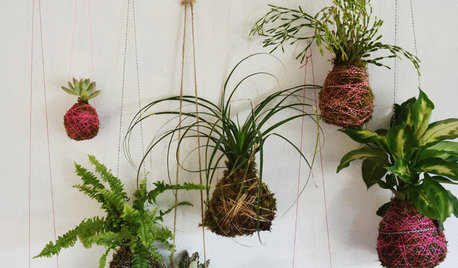
HOUSEPLANTSDIY Project: How to Make a ‘Kokedama’ String Garden
Dig in to create a simple, beautiful Japanese-inspired hanging garden
Full Story
GROUND COVERSGround Force: 10 Top Ground Covers for Your Garden
Protect your soil from weeds and drought this summer with a living mulch of ground covers
Full Story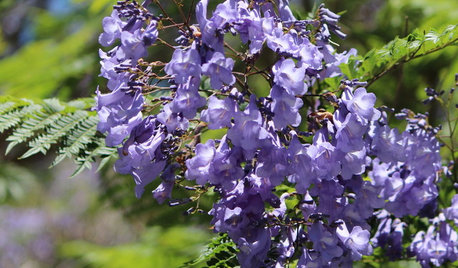
CALIFORNIA GARDENINGCalifornia Gardener's July Checklist
Bite into tree-fresh apricots, inhale delightful garden perfumes and continue planting vegetables for a late-summer harvest
Full Story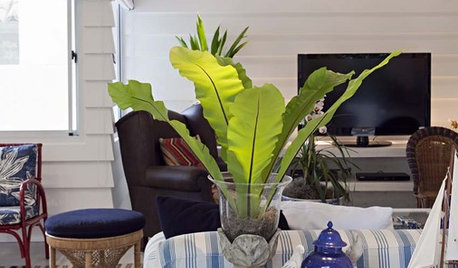
HOUSEPLANTSGet a Tropical Splash With a Bird's Nest Fern
Sword-shaped leaves make this fern a stunning accent — and you can even mount it on wood for a wall hanging
Full Story
The Indoor Gardener: Crazy for Cacti
Surprisingly versatile and blessedly hard to kill, cacti are showing up in homes far from the middle of nowhere
Full Story
FARM YOUR YARDHow to Grow Vegetables in Containers
Get glorious vegetables and fruits on your patio with a pro’s guidance — including his personal recipe for potting mix
Full Story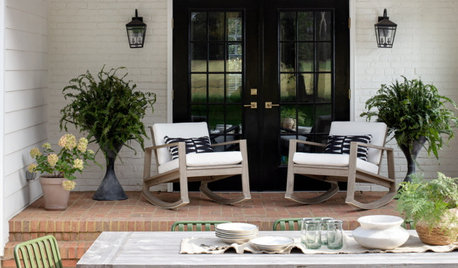
SUMMER GARDENINGHow to Water and Refresh Your Potted Plants Over the Summer
Keep container gardens looking lush by cooling them down when temperatures rise and by giving them a seasonal spruce-up
Full Story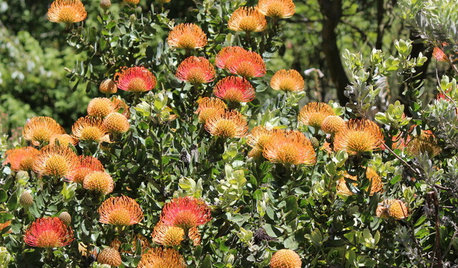
GARDENING GUIDESKeep Your Cool in the Garden — Here’s What to Do in August
Don’t let summer’s heat go to your head. These U.S. gardening guides will help you make sensible choices for all of your plantings
Full Story
SAVING WATERHouzz Call: Are You Letting Go of Your Lawn?
Many facing a drought are swapping turf for less thirsty plantings. If you’re one of them, we’d like to hear about it
Full Story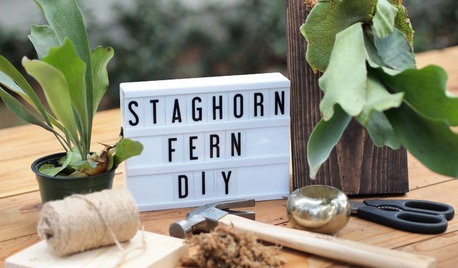
DIY PROJECTSHow to Put the New ‘It’ Plant on Display
Get a step-by-step guide to turning a shade-loving staghorn fern into a piece of living wall art
Full Story





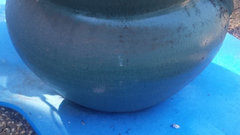



toxcrusadr